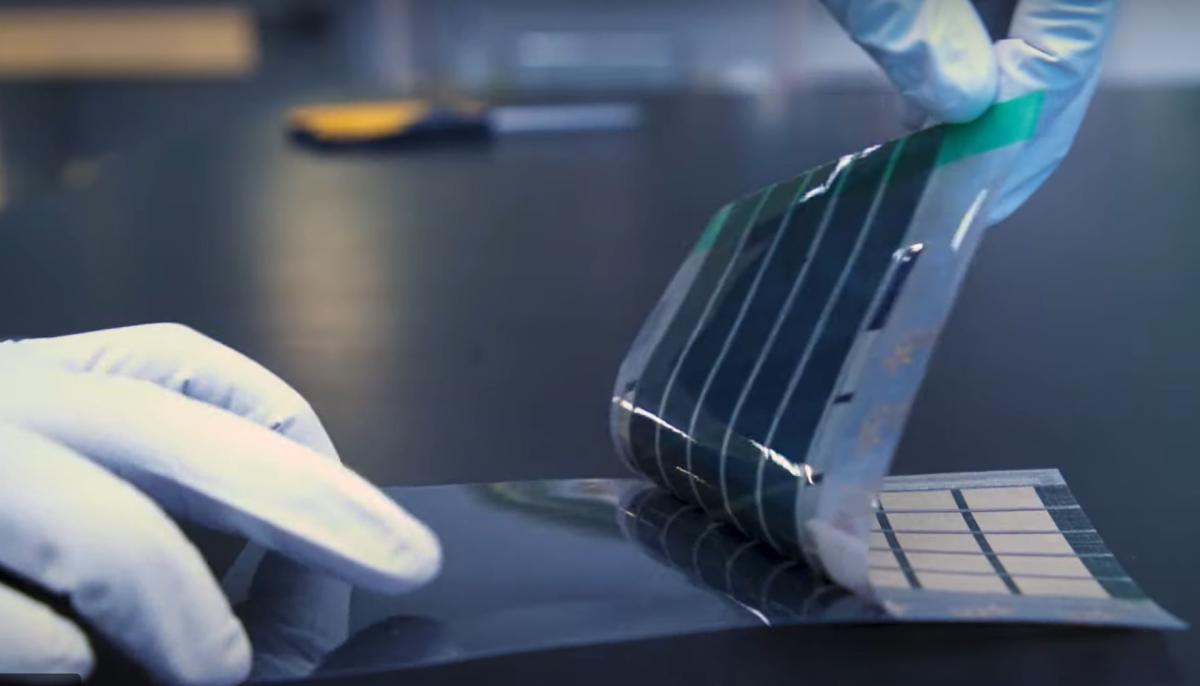Scientists develop mega-thin solar cells that could be shockingly easy to produce: ‘As rapid as printing a newspaper’::These cells could be laminated onto various kinds of surfaces, such as the sails of a boat to provide power while at sea.
deleted by creator
I don’t think it’s so much about thickness, but being super thin presumably means it requires less of a manufacturing process and also less raw materials. Could bring costs down on panels and make them more financially viable for projects.
Bulky, heavy, stiff, …
deleted by creator
First, the thickness factor plays into flexibility. Just imagine surfaces of every shape being covered in solar cells. Flexible panels could also be less prone to breakage.
Second, with “as rapid as printing a newspaper”, this might be a major cost-reduction thing, even on top of the process needing less high-pure Si material.
This might make solar power generation more attractive even if the efficiency would be lower than other methods, because this would drive the ratio $/kw down.
deleted by creator
By “flexible” I did not imply “use it as a hinge”. It was more like: “you can install it on a non-flat surface”, e.g. by gluing it down. Now that surface would provide the needed overall stability. Imagine having you cars roof and engine hood being completely covered in solar cells - or basically be a solar cell. No, you would not be able to drive it as an EV with the amounts of power provided, but it could trickle charge a battery, or power a fan in hot weather so the interior will not be boiling when you return to your vehicle after a day at work.
deleted by creator
Indeed. Price is the key issue.
Use cases increase if they are thin. Instead of limited to rooftops. For example, take a look at what Aptera is doing.
Burning investor money on a DOA meme product just like Lightyear One did?
Ooof



